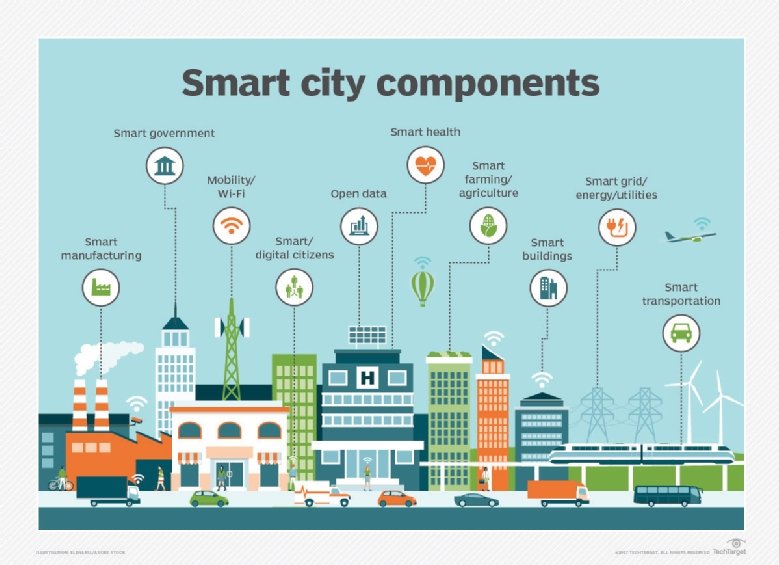This week team challenge had introduced us to the term smart city. A smart city is a municipality that uses information and communication technologies to increase operational efficiency, share information with the public and improve both the quality of government services and citizen welfare (What is Smart City?). The function of a smart city is to optimize city function by connecting them with the latest technology, internet, and devices available and at the same time boost the economic growth and improve the quality of life of its citizen.

According to the Business Insider (These 10 cities are the most prepared for the future), the top 10 global smart cities are Copenhagen, Singapore, Stockholm, Zurich, Boston, Tokyo, San Fransisco, Amsterdam, Geneva, and Melbourne. Copenhagen beats Singapore because of its healthy startup ecosystem, a large number of wifi hotspots, low amount of traffic congestion, and investing in clean energy. Copenhagen even aims to become the world’s first carbon-neutral capital by 2025, and Denmark is determined to become fully independent of fossil fuels by 2050.

Thus, Copenhagen has 250 companies involved in smart city activities and small companies make up two-thirds of the smart city industry. Copenhagen also won the World Smart Cities Award in 2014 for its Copenhagen Connecting Project, demonstrating the city’s smart city leadership position.
One of Copenhagen’s forerunner projects is their City Data Exchange, this innovative platform is being specifically developed for Copenhagen by Hitachi. The aim is to create a platform that enables the buying, selling, and sharing of data between citizens, public institutions and private organizations. This will be the first data exchange to deliver both private and public data all in one place.
Copenhagen also use the City Performance Tool application by Siemens has helped Copenhagen becoming the world’s top smart city by analyzing its climate plan. The CyPT (City Performance Tool) analyses the impact of a broad spectrum of energy, transportation, and building technologies, incorporating Siemens and non-Siemens products alike on a city’s future greenhouse emissions.

“A city’s environment is shaped not only by people who have an important influence, but by everyone who lives or works there.” – Robert Cowan
